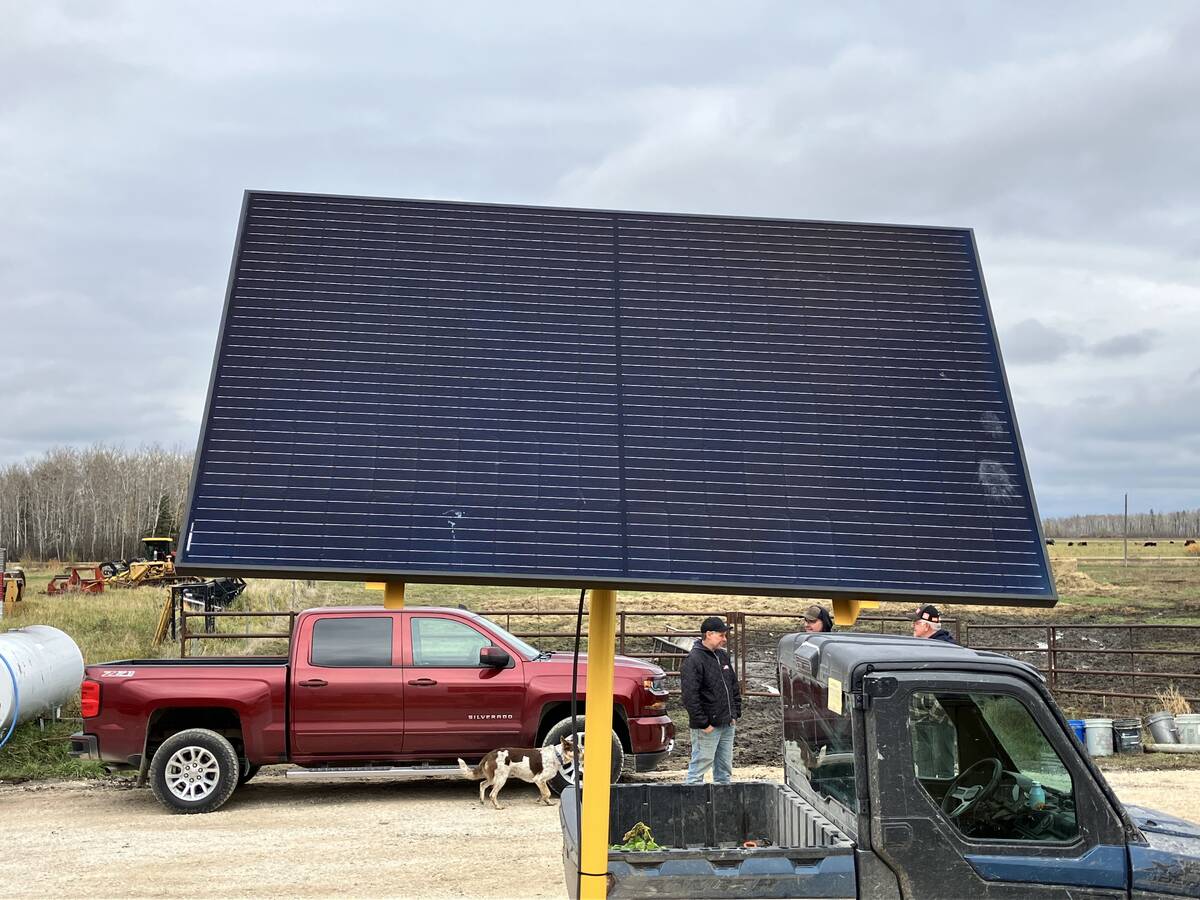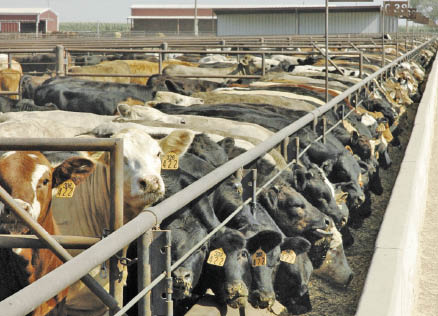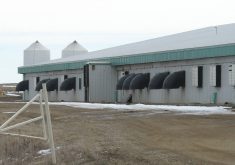Opening up the barn doors to show how livestock are cared for might not make the public as sympathetic to producers as some would like to believe.
“Educating people about what we do is not an automatic that they’re going to believe what we do is right,” Dr. Joseph Stookey, a professor at the Western College of Veterinary Medicine told attendees at the recent University of Calgary Veterinary Medicine Beef Cattle Conference.
In countries such as Denmark, Sweden and Finland, urbanites have closer relationships with farms than their North America counterparts — but those countries still have some of the strictest animal welfare guidelines around.
He praised the new draft Beef Cattle Code of Practice for requiring painful procedures to be performed at younger ages and encouraging use of pain-mitigating drugs.

“Is it that much more (work) to give them an injection? And does it cost that much more?” Stookey asked.
He said he’s often asked if animals feel pain, and that’s a sign that producers aren’t paying close enough attention.
“Animals do show us pain, it’s just you’ve got to be good enough to see it,” he said, adding producers should look for signs such as twitching ears and tails, a common way that animals signal they are feeling pain.
Vocalizations and a lack of appetite are also signs, while checking cortisol levels or employing strain gauges on pen bars can also be used to measure stress and pain levels, he said.

Progress has been made, said Dr. Reynold Bergen, science director of the Beef Cattle Research Council.
Beef quality audits have shown more cattle are being dehorned younger, and fed cattle with brands have dropped from 65 per cent in the 1995 audit to 10 per cent in the most recent one.
“Branding and dehorning are painful, but they’re not done to every animal,” Bergen said.
He urged producers not to “do anything you wouldn’t be willing to explain in front of a television camera,” and also welcome research into current practices.
“Sometimes industry gets kind of nervous about studying things,” he said.
But while activists may use research for their own ends, it’s better to know the facts and, if need be, adopt more humane practices, he said.
Read Also

VIDEO: Watering system a cattle health win
Portable livestock watering system helps Manitoba beef producer combat foot rot cases on pasture.
“If we can use research to demonstrate what we do and honestly tell all the good stories that we have and also tell people that we’re really trying to find ways to do things better, I think we can tell a really good story for our industry,” he said.















